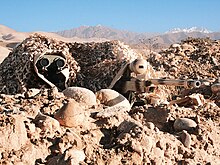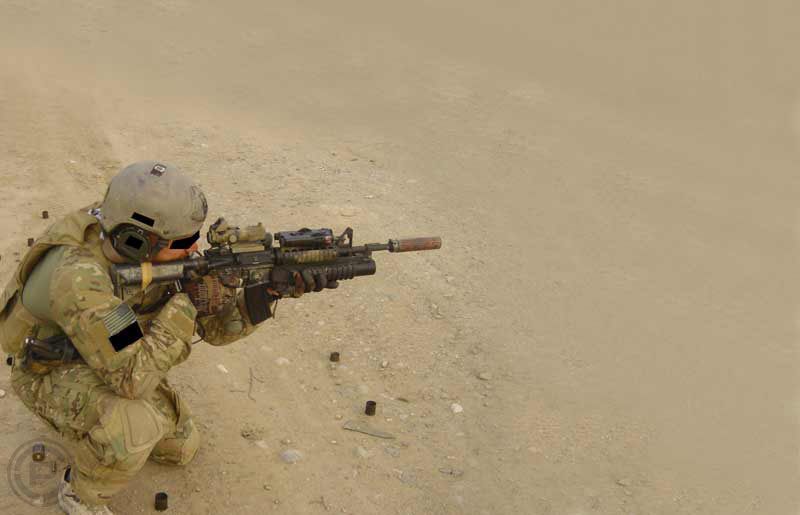Borders of world
Borders define geographic boundaries of political entities or legal jurisdictions, such as governments, sovereign states, federated states and other subnational entities. Some borders—such as a state's internal administrative borders, or inter-state borders within the Schengen Area—are open and completely unguarded. Other borders are partially or fully controlled, and may be crossed legally only at designated border checkpoints and border zones may be controlled. Some, mostly contentious, borders may even foster the setting up of buffer zones.Below Are Some Examples of World Borders or Borders Of The World.
Here is The Border of China
The purpose of the Great Wall of Chinawas to stop the barbarians from crossing the northern border of China.
Here Is The Border of France
A photograph of the France-Italy border at night. The southwestern end of the Alps separates the two countries.
Here Is Border Of USA MEXICO.
Border Of Indian And Pakistan
The Wagah border crossing between India and Pakistan along the Radcliffe Line.









